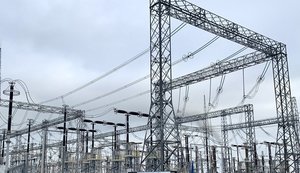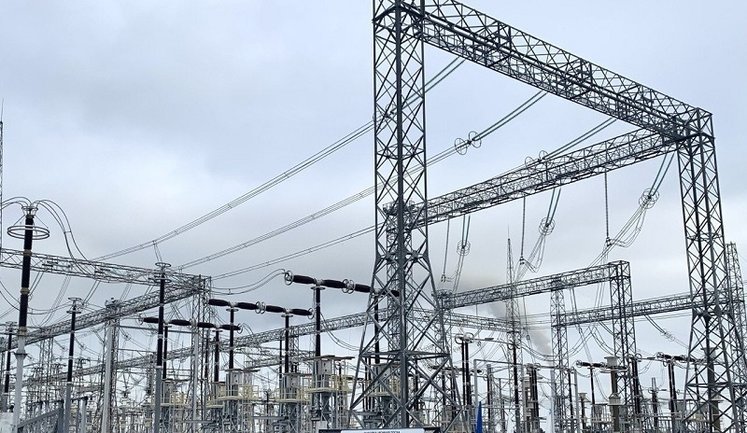The recent activities near Ukrainian nuclear power plants (NPPs) underscore ongoing concerns about nuclear security in this conflict-ridden region. The International Atomic Energy Agency (IAEA) has documented frequent occurrences of Russian drones flying alarmingly close to facilities like the Khmelnytskyi and Rivne NPPs. These actions have exacerbated fears of potential threats to reactor safety, amidst an already volatile geopolitical climate. The IAEA is consistently advocating for increased vigilance and international oversight to mitigate risks associated with such provocative maneuvers. Despite media reports, the IAEA has yet to independently confirm claims of similar incidents at Russia's Kursk NPP. As tensions persist, the international community continues to monitor these developments closely.
What is the current situation at Ukrainian nuclear power plants?
Ukrainian nuclear power plants are under heightened threat from Russian military actions, including recent drone flyovers near key facilities such as the Khmelnytskyi and Rivne NPPs. The International Atomic Energy Agency (IAEA) is monitoring the situation and has reported consistent threats to nuclear safety due to these incursions. Such activities increase the risk of a nuclear incident, prompting calls for enhanced protection measures and international oversight to ensure the security of these critical infrastructure components.
How does the IAEA respond to threats at nuclear power plants?
The International Atomic Energy Agency (IAEA) actively monitors nuclear facilities and assesses threats to their safety and security. When incidents such as drone flyovers near Ukrainian nuclear power plants occur, the IAEA emphasizes vigilance and works to assess the risks. The agency relies on international collaboration to enhance protection measures and continuously advocates for the safety and security of nuclear infrastructures amid escalating tensions. Their efforts are crucial in preventing potential nuclear accidents in conflict zones.
Have there been confirmed attacks on nuclear power plants in Ukraine?
While there have been reports of threatening activities near Ukrainian nuclear power plants, such as drone flyovers, the International Atomic Energy Agency (IAEA) has yet to confirm direct attacks on these facilities. However, the situation remains precarious due to the Russian military's continued presence and their documented use of nuclear sites for strategic purposes. The ongoing conflict heightens potentials for accidental or intentional incidents, necessitating robust international monitoring and interventions to safeguard these vital installations.
What are the implications of Russian drones flying near Ukrainian NPPs?
The presence of Russian drones near Ukrainian nuclear power plants raises significant concerns about potential safety breaches and the risk of accidents. Such proximity threatens the operational security of these facilities and could lead to international diplomatic tensions. The International Atomic Energy Agency (IAEA) is actively involved in monitoring these occurrences to mitigate any critical risks. It highlights the urgent necessity for enhanced security protocols to protect nuclear infrastructure and prevent any catastrophic consequences from unfolding.
What actions can international bodies take regarding the NPP threats?
International organizations such as the IAEA can take several actions to address threats to nuclear power plants, including increased monitoring and inspections, the deployment of observers to key sites, and coordination with local authorities to establish improved security measures. Engaging in diplomatic dialogues to de-escalate tensions and ensure compliance with international safety protocols is also crucial. These interventions aim to preserve nuclear safety and prevent any incidents that could arise from ongoing geopolitical conflicts.





























































